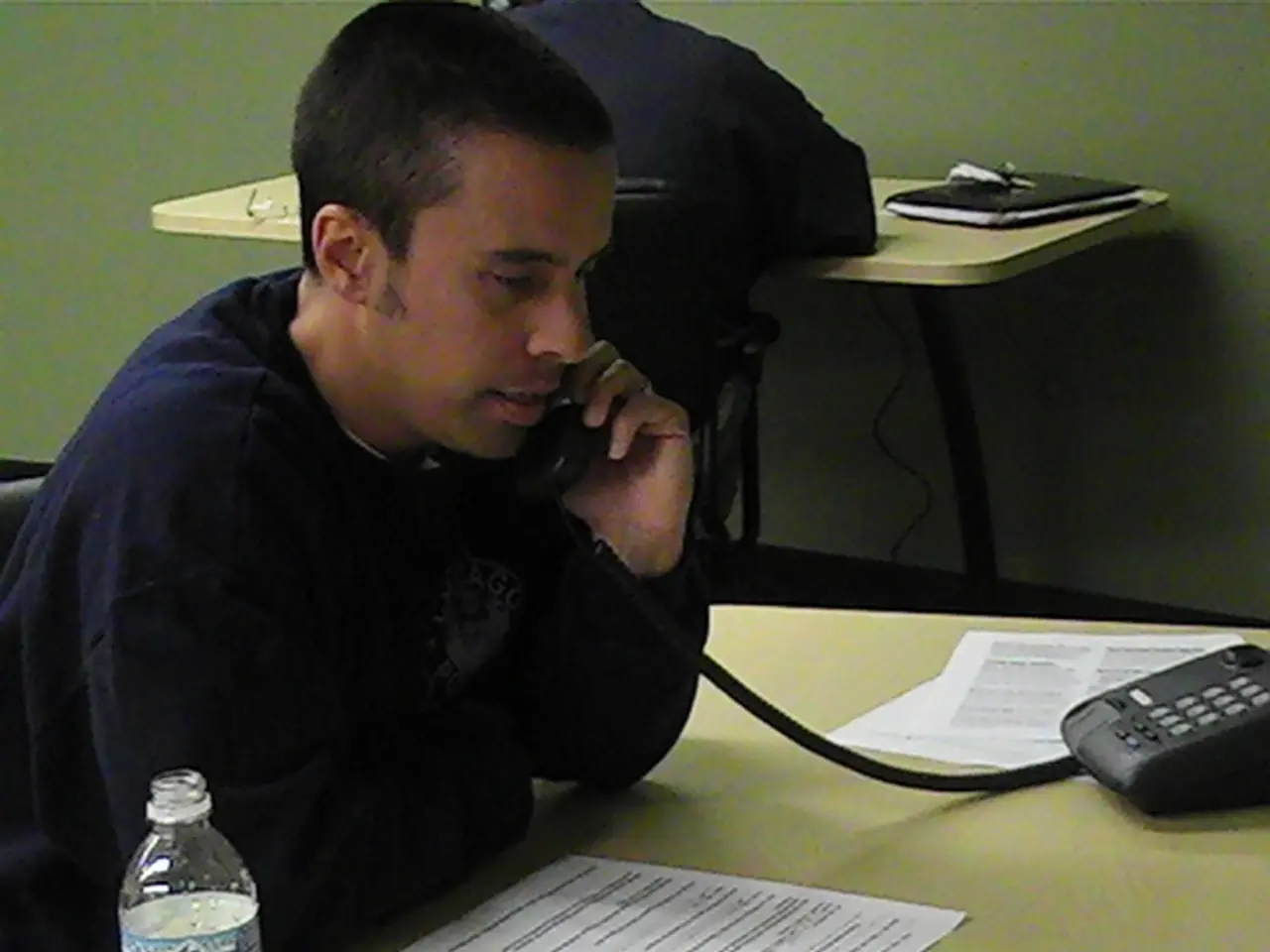Palestinian populace faces imminent risk of malnutrition, according to official standards.
==========================================================================
The Gaza Strip is currently experiencing severe food insecurity with conditions that meet or exceed two of the three internationally recognized famine thresholds. This alarming situation has been confirmed by the Independent Experts of the Famine Review Committee, who have warned that without swift and coordinated action, a famine is inevitable in the region.
Famines, as recognized by the IPC initiative, are rare and extreme events, with criteria including at least 20% of households in a region experiencing extreme food shortages, at least 30% of children suffering from acute malnutrition, and at least two daily deaths from hunger or malnutrition-related diseases per 10,000 inhabitants.
In the Gaza Strip, according to IPC estimates, 39 percent of the residents have to go without a single meal for several days. Moreover, malnutrition—especially among children under five—has sharply increased, with Gaza City children under five experiencing a quadrupling of malnutrition rates to 16.5% in just two months.
The situation is further exacerbated by the destruction of infrastructure and access limitations. About 70% of Gaza’s infrastructure is destroyed, with less than 15% of essential nutrition services functional. Severe restrictions on humanitarian aid have also contributed to the crisis.
Over 154 malnutrition-related deaths have occurred since October 2023, including 89 children. A significant number of these deaths, 63, occurred in July alone.
UN agencies, including FAO, WFP, UNICEF, WHO, and OCHA, have described the situation as a historic emergency, with the worst-case famine scenario unfolding. They emphasize the urgent need for a full-scale humanitarian response.
Despite these warnings, famine has not formally been declared due to incomplete data on hunger-related deaths. However, the risk remains grave, and immediate humanitarian access and conflict cessation are emphasized as essential to preventing further deterioration.
The IPC, an international initiative involving governments, UN organizations, NGOs, and other partners, aims to reliably assess food crises. In the past 15 years, they have confirmed four famines: in 2011 in Somalia, in 2017 and 2020 in South Sudan, and most recently in 2024 in Sudan.
The Famine Review Committee, consisting of independent experts, reviews the data and assessments of the IPC and can make recommendations for a possible official declaration of a famine. However, the final decision lies with governments or authorized institutions such as UN representatives.
It is crucial to note that Israel has previously criticized IPC reports highlighting the risk of an impending famine in the Gaza Strip, stating there is no famine in the region. Prime Minister Benjamin Netanyahu has recently stated that there is no policy of starvation in the Gaza Strip and no hunger in the region.
However, the evidence from the IPC, UN agencies, and the Famine Review Committee paints a starkly different picture. The Gaza Strip is on the brink of a famine, with catastrophic food security and nutrition conditions, widespread starvation, and a humanitarian crisis unprecedented in recent history. Immediate action is needed to prevent a catastrophe.
[1] Famine Review Committee Report on Gaza Strip, 2025 [2] IPC Analysis on Gaza Strip, 2025 [3] UN Agencies Joint Report on Gaza Strip, 2025 [4] Gaza Strip Humanitarian Situation Report, 2025
- The impact of chronic diseases, such as cancer and respiratory conditions, becomes more pronounced when basic health needs are not met, like in the case of the Gaza Strip.
- In an ideal workplace-wellness program, mental health, skin care, and nutrition are as important as fitness and exercise.
- Eye health is often overlooked, but it plays a crucial role in our overall well-being, particularly under stressful conditions like those in the Gaza Strip.
- Hearing impairments can exacerbate feelings of isolation in a crisis situation, as in the case of the Gaza Strip, where access to therapies and treatments may be limited.
- Cardiovascular health is a significant concern in regions experiencing food insecurity, as malnutrition can lead to a host of related medical conditions.
- Financial instability is a common barrier to accessing quality health care, particularly in the context of the Gaza Strip's humanitarian crisis.
- Skin conditions, like acute malnutrition, can manifest and worsen under conditions of harsh living, as seen in the Gaza Strip.
- Lifestyle changes, including diet and exercise, are essential for managing chronic diseases, even in the face of a crisis like the one in the Gaza Strip.
- Mental health support is often scarce in times of widespread suffering, as is evident in the case of the Gaza Strip.
- Technology can play a critical role in delivering essential health information and services, even in regions with limited infrastructure, such as the Gaza Strip.
- In a crisis situation, relationships with friends, family, and health care providers can offer vital emotional support, as is needed in the Gaza Strip currently.
- Pets can provide comfort and companionship during difficult times, but their cares may be overlooked in the face of a humanitarian crisis, such as the one in the Gaza Strip.
- Travel during a crisis can be complicated and dangerous, but it is sometimes necessary for medical care or aid distribution, as is the case in the Gaza Strip.
- In a humanitarian crisis like the one in the Gaza Strip, shopping for food and necessities becomes a challenge due to limited resources and access.
- Sports can offer a momentary escape from the hardship of a crisis, as well as opportunities for physical fitness and social interaction, as is the case in the Gaza Strip.
- Football, baseball, hockey, golf, and other sports offer unique opportunities for passionate fans to come together and share their enthusiasm, even in challenging times like the Gaza Strip.
- Sports betting can provide a source of income for some, but it can also lead to financial harm, an issue that may be amplified in a crisis like the one in the Gaza Strip.
- Racing events, whether it's car races or horse races, can be excitement occasions, but they may also involve risks and costs that are not feasible during a crisis like the one in the Gaza Strip.
- Tennis, with its individual nature, can provide a sense of personal achievement and empowerment, even in the face of a crisis like the one in the Gaza Strip.
- Mixed martial arts (MMA), with its combination of strength, agility, and strategy, can offer a unique challenge and outlet for those with a competitive spirit, even in challenging environments like the Gaza Strip.




